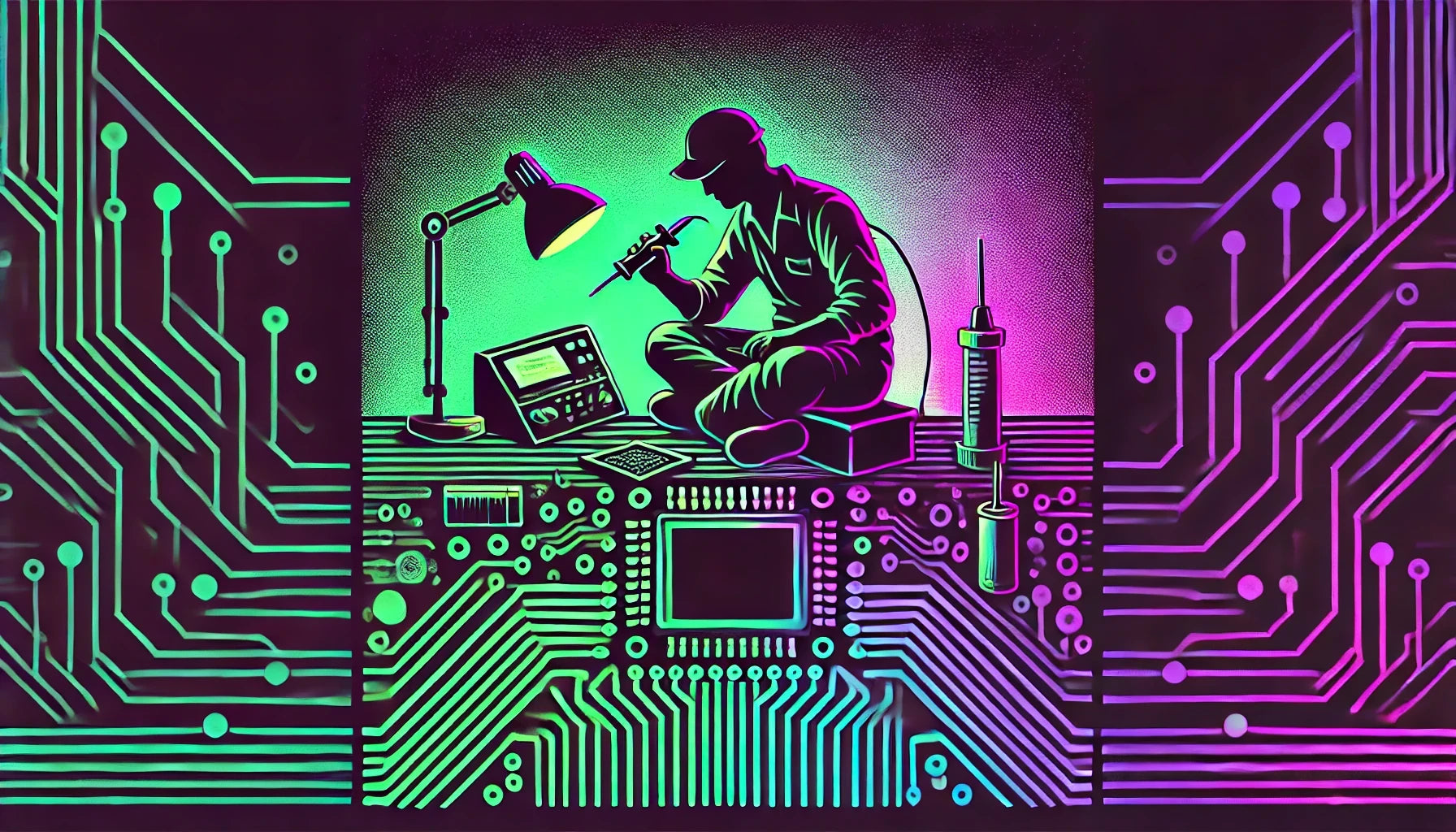Understanding the 'Failed to get convolution algorithm' Error in TensorFlow
The 'Failed to get convolution algorithm' error in TensorFlow is a runtime error that occurs during the instantiation of convolutional layers within a neural network model. It mainly appears when the system fails to allocate enough resources to compute the convolutional operations. Convolutional operations are a fundamental part of convolutional neural networks (CNNs), heavily used in computer vision tasks. These operations require substantial computational resources, often leveraging GPUs or other hardware accelerators.
Possible Contexts of the Error
- Deploying trained models in an environment different from the training setup could instigate this error due to different CUDA or cuDNN library versions.
- During model development, especially when dealing with complex or large-scale models that pressure computational limits.
- Running models on systems with limited memory, potentially causing TensorFlow to struggle in finding a suitable kernel for the given convolution operation.
Implications of the Error
- Indicates issues with environment compatibility, which might hinder model deployment or migration across different platforms.
- May affect the reproducibility of model experiments if the underlying computational support changes, such as GPU hardware specifications.
- It suggests potential inefficiencies in resource utilization, which might necessitate architecture adjustments or hardware upgrades.
Understanding TensorFlow's Convolution Internals (Conceptual)
TensorFlow relies on cuDNN to select and execute appropriate convolution algorithms. When creating a convolutional layer, TensorFlow evaluates multiple strategies to determine the fastest one compatible with the given constraints such as input size, filter size, stride, and padding.
import tensorflow as tf
# Example model layer that might trigger the error
model = tf.keras.Sequential([
tf.keras.layers.Conv2D(32, (3, 3), input_shape=(256, 256, 3))
])
During this process, TensorFlow considers factors like compute capability of GPU, available RAM, and the version of CUDA/cuDNN to choose the optimal convolution kernel. The failure to determine an efficient kernel yields the 'Failed to get convolution algorithm' error.
Handling Large-Scale Models
Handling large models often necessitates understanding the resource allocation strategies within TensorFlow. Model complexity, along with batch sizes, directly affects memory requirements.
- Large batch sizes can lead to this error because they exceed the available GPU memory limits.
- Complex models with numerous parameters amplify the demand for computational bandwidth, exacerbating memory constraints.
Understanding the context and implications of the 'Failed to get convolution algorithm' error empowers developers to pre-emptively consider memory management and TensorFlow's backend configuration, which is crucial for creating efficient, portable, and robust deep learning solutions.


























